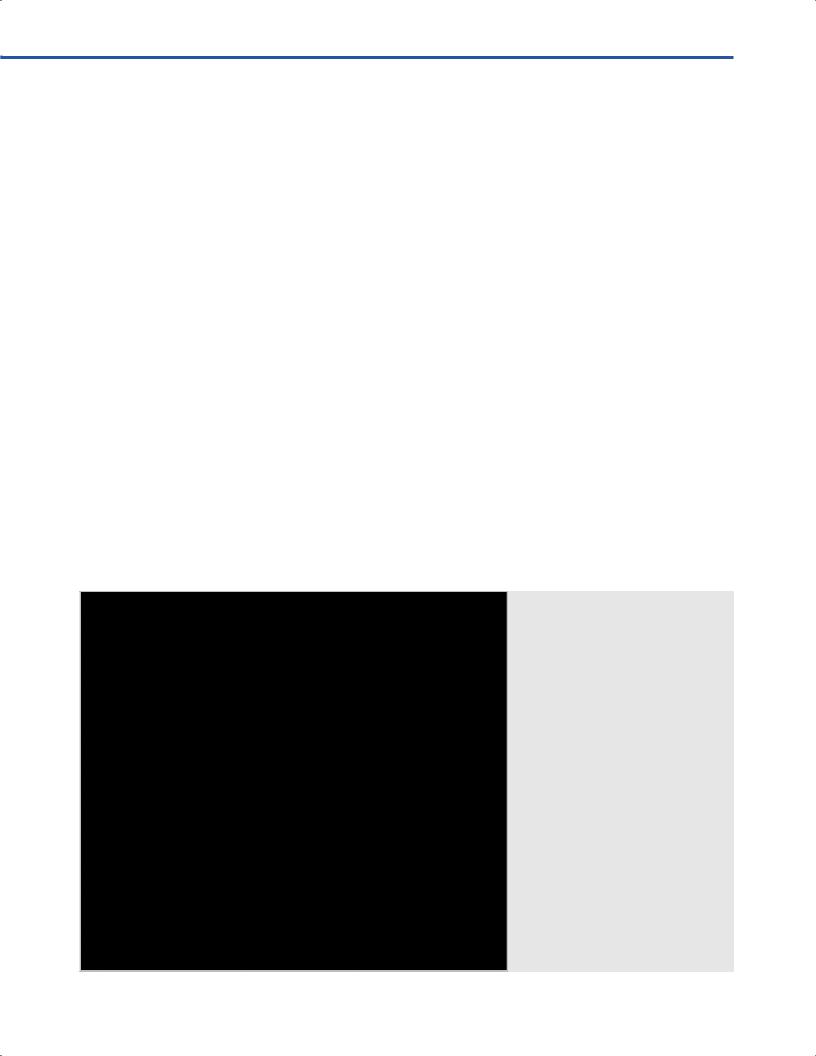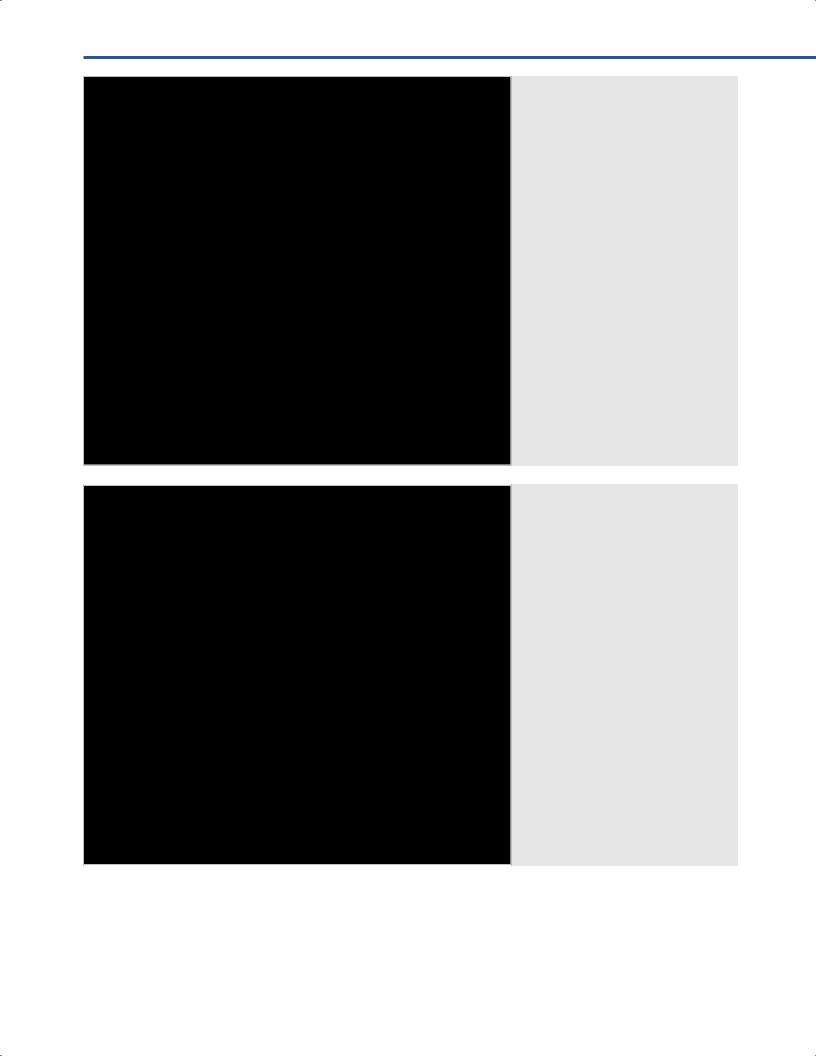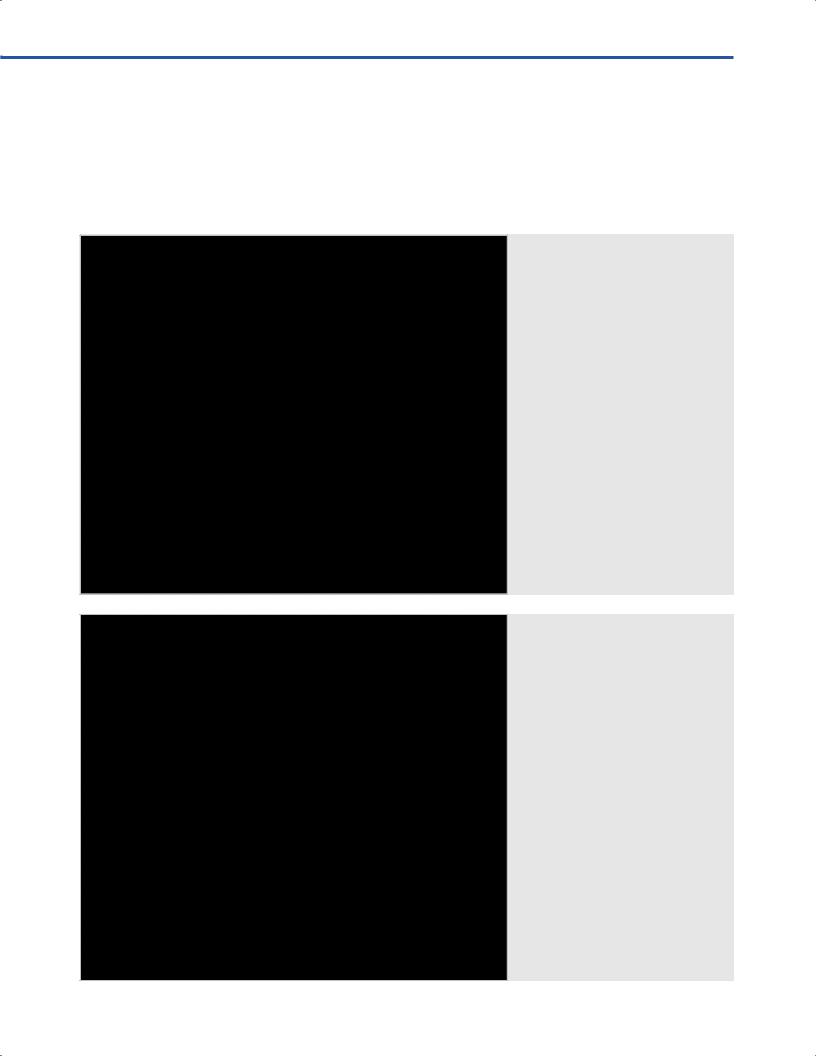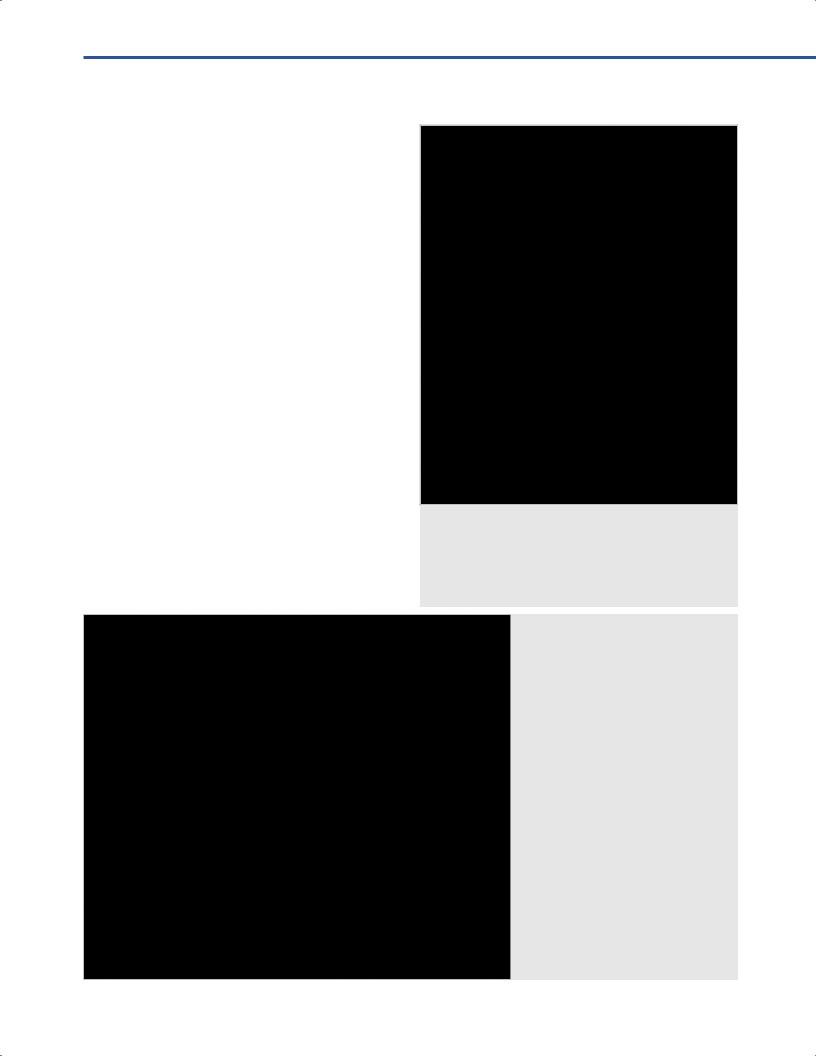
- •Operative Cranial Neurosurgical Anatomy
- •Contents
- •Foreword
- •Preface
- •Contributors
- •1 Training Models in Neurosurgery
- •2 Assessment of Surgical Exposure
- •3 Anatomical Landmarks and Cranial Anthropometry
- •4 Presurgical Planning By Images
- •5 Patient Positioning
- •6 Fundamentals of Cranial Neurosurgery
- •7 Skin Incisions, Head and Neck Soft-Tissue Dissection
- •8 Techniques of Temporal Muscle Dissection
- •9 Intraoperative Imaging
- •10 Precaruncular Approach to the Medial Orbit and Central Skull Base
- •11 Supraorbital Approach
- •12 Trans-Ciliar Approach
- •13 Lateral Orbitotomy
- •14 Frontal and Bifrontal Approach
- •15 Frontotemporal and Pterional Approach
- •16 Mini-Pterional Approach
- •17 Combined Orbito-Zygomatic Approaches
- •18 Midline Interhemispheric Approach
- •19 Temporal Approach and Variants
- •20 Intradural Subtemporal Approach
- •21 Extradural Subtemporal Transzygomatic Approach
- •22 Occipital Approach
- •23 Supracerebellar Infratentorial Approach
- •24 Endoscopic Approach to Pineal Region
- •25 Midline Suboccipital Approach
- •26 Retrosigmoid Approach
- •27 Endoscopic Retrosigmoid Approach
- •29 Trans-Frontal-Sinus Subcranial Approach
- •30 Transbasal and Extended Subfrontal Bilateral Approach
- •32 Surgical Anatomy of the Petrous Bone
- •33 Anterior Petrosectomy
- •34 Presigmoid Retrolabyrinthine Approach
- •36 Nasal Surgical Anatomy
- •37 Microscopic Endonasal and Sublabial Approach
- •38 Endoscopic Endonasal Transphenoidal Approach
- •39 Expanded Endoscopic Endonasal Approach
- •41 Endoscopic Endonasal Odontoidectomy
- •42 Endoscopic Transoral Approach
- •43 Transmaxillary Approaches
- •44 Transmaxillary Transpterygoid Approach
- •45 Endoscopic Endonasal Transclival Approach with Transcondylar Extension
- •46 Endoscopic Endonasal Transmaxillary Approach to the Vidian Canal and Meckel’s Cave
- •48 High Flow Bypass (Common Carotid Artery – Middle Cerebral Artery)
- •50 Anthropometry for Ventricular Puncture
- •51 Ventricular-Peritoneal Shunt
- •52 Endoscopic Septostomy
- •Index

13 Lateral Orbitotomy
Alfo Spina, Filippo Gagliardi, Michele Bailo, Cristian Gragnaniello, Martina Piloni, Anthony J. Caputy, and Pietro Mortini
13.1 Introduction
Orbital lesions, depending on their location and relationship with the intra-orbital structures, can be approached through diferent surgical routes (transcranial or trans-orbital).
The lateral orbitotomy, also known as Krönlein approach, and its further modifcations allow for an easy reach of intra-orbital lesions located in the superior, lateral, and inferior intraconal compartments as well as pathologies of the lateral aspect of the orbital apex.
Lateral orbitotomy takes advantage of a direct approach to orbital content, avoiding potential complication of a transcranial or direct transorbital route.
13.2 Indications
•Orbital intra-conal and extra-conal lesions.
•Lesions of the lateral aspect of the orbital apex.
13.4 Skin Incision
•Italic “S” skin incision (Fig. 13.1)
○Starting point: Incision starts at the lateral third of the eyebrow, just above the orbital rim.
○Course: Incision line runs posteriorly and inferiorly toward the postero-superior (temporal) border of the zygomatic bone.
○Ending point: It ends at the zygomatic-temporal suture.
13.4.1 Critical Structures
•Frontal branch of the facial nerve.
•Orbicularis oculi muscle.
•Supraorbital nerve and vessels.
•Lateral canthal ligament.
13.3 Patient Positioning
•Position: The patient is positioned supine with the head fxed with a horseshoe head holder.
•Body: The head is slightly elevated, to facilitate the venous backfow.
•Head: The head is turned 45° to the contralateral side.
•Neck: The neck is slightly extended (about 20°).
•The zygoma must be the highest point in the surgical feld.
13.5 Soft Tissue Dissection (Figs. 13.2, 13.3)
•Temporal fascia and periorbit
○Superfcial temporal muscle fascia is incised, avoiding transecting underlying muscle fbers.
○Periorbit is dissected from the inner surface of the lateral wall of the orbit.
Fig. 13.1 Italic “S” skin incision.
Abbreviations: E = ear.
81

III Cranial Approaches
•Muscle
○Interfascial dissection of the temporal muscle is carried out.
○The superfcial layer of temporal fascia together with the fat pad is refected anteriorly.
○Temporal muscle fbers are dissected in a subperiosteal fashion and retracted posteriorly.
Fig. 13.2 |
al soft tissue dissection. |
|
Abbreviations: E = ear; ST |
al |
|
temporal fascia; ZF = zygomatic process of the frontal bone.
Fig. 13.3 Deep soft tissue dissection. Abbreviations: E = ear; FP = fat pad; MTF = middle temporal fascia; Z = zygoma; ZF = zygomatic process of the frontal bone.
•Bone exposure
The bone exposure is completed when the following structures come into view:
○Outer surface of the greater sphenoid wing.
○Zygomatic process of the frontal bone.
○Frontal process of the zygomatic bone.
○Fronto-zygomatic suture.
82

13 Lateral Orbitotomy
13.5.1 Critical Structures
•Frontal branch of the facial nerve.
•Zygomatic artery and meningeal branches of the lacrimal artery.
•Periorbit.
13.6 Lateral Orbitotomy (Figs. 13.4, 13.5)
A lateral orbitotomy including the lateral orbital frame is performed.
•Zygomatic osteotomy (with a reciprocating saw or a C1 without foot attachment)
○I cut: The frst cut is made just above the frontozygomatic suture.
Fig. 13.4 Bone exposure.
Abbreviations: FP = fat pad; PO = periorbit;
TM = temporal muscle; Z = zygoma;
ZF = zygomatic process of the frontal bone.
Fig. 13.5 Lateral orbitotomy.
83

III Cranial Approaches
○II cut: The second cut is made at the base of the frontal process of the zygoma.
•Resection of the lateral orbital wall
○The greater wing of the sphenoid bone is drilled to expose the periorbit.
13.6.1 Critical Structures
•Periorbit.
•Intra-orbital neurovascular structures.
13.7 Periorbital Opening (Fig. 13.6)
•X-shaped fashion.
•Attention has to be payed not to cut underlying lateral rectus muscle fbers.
13.7.1 Critical Structures
•Optic nerve.
•Ocular muscles.
•Ophthalmic artery and vein.
•Ocular bulb.
•Nasociliary, trochlear, lacrimal and frontal nerves.
•Lacrimal gland.
13.8 Intraorbital Exposure (Fig. 13.7)
•Parenchymal structures: Ocular bulb, lacrimal gland, orbital fat, eyelid.
•Muscles: Lateral rectus, inferior oblique, inferior rectus, superior oblique muscles.
•Cranial nerves: Optic nerve, branches of the third, fourth and ffth cranial nerves.
•Arteries: Ophthalmic artery.
•Veins: Ophthalmic veins.
Fig. 13.7 Orbital contents.
Abbreviations: EL = eyelid; IOM = inferior oblique muscle; ION = inferior branch of the oculomotor nerve; IRM = inferior rectus muscle; LRM = lateral rectus muscle; MRM = medial rectus muscle; OB = ocular bulb; SOM = superior oblique muscle; SRM = superior rectus muscle; T = trochlea; TM = temporal muscle; ZF = zygomatic process of the frontal bone.
Fig. 13.6 Exposure of the periorbit. Abbreviations: FP = fat pad; PO = periorbit; TM = temporal muscle; ZF = zygomatic process of the frontal bone.
84

13 Lateral Orbitotomy
References
1.Krönlein RU. [Zur pathologie und operativen behandlung der dermoidcysten der orbita]. Beitr Klin Chir. 1889; 4:149–163
2.Mohsenipour I. Approaches in neurosurgery: central and peripheral nervous system. New York, NY: Thieme Medical Publisher; 1994
3.Sekhar LN, Fessler RG. Atlas of neurosurgical techniques. Brain. Volume 1. New York, NY: Thieme Medical Publishers; 2016
4.Sindou M. Practical handbook of neurosurgery: from leading neurosurgeons, Volume 1. Wien: Springer-Verlag; 2009
85
